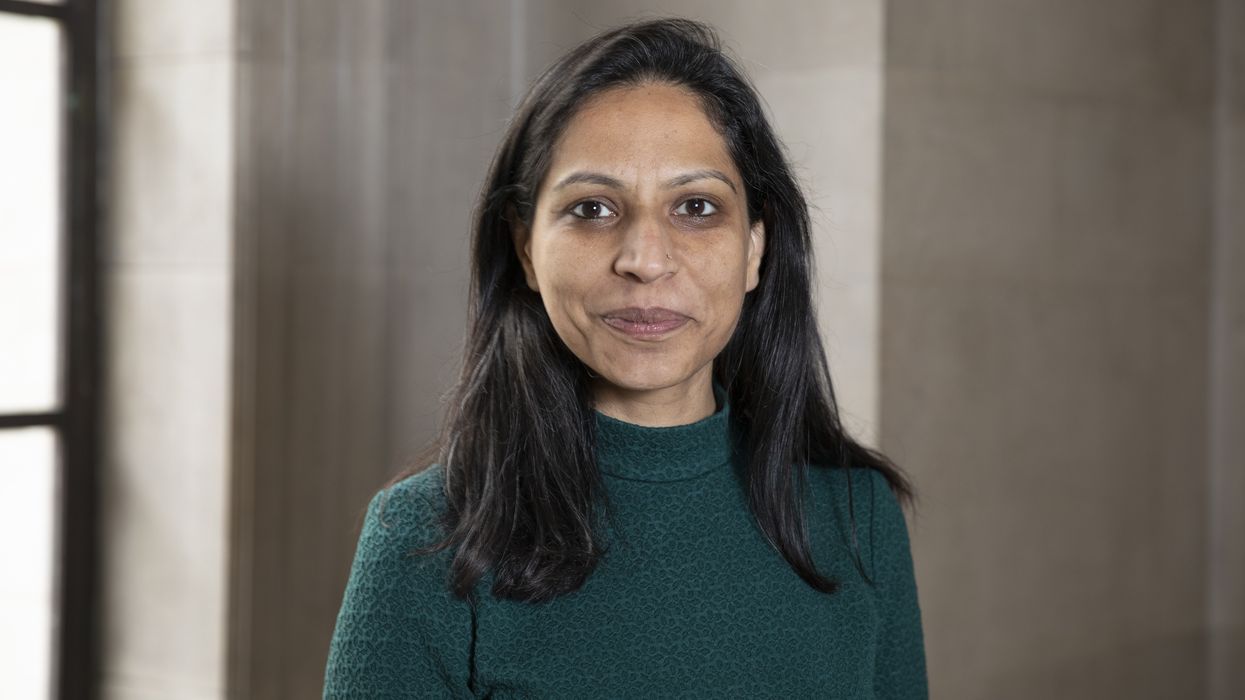ARORA Group has appointed Sanjay Arora as its new Chief Executive Officer.
Sanjay has been with the Group for more than ten years and was involved in major deals including the purchase of St John’s Wood Care Home during the pandemic, the acquisition of two large shopping centres, the creation of a property team and the delivery of Buckinghamshire Golf Club.
Surinder Arora, Founder and Executive Chairman of the Group, said: “Watching Sanjay’s journey from his earliest days in the business has been one of my proudest privileges. His ability to blend innovation with a deep respect for our values means the Group is in safe hands. The stage now belongs to the next generation, one that honours our roots while reaching boldly toward new horizons. We step into the future with a modern leadership that understands both the numbers and the narrative of an evolving world.”
Sanjay Arora said: “It is a privilege to take on the role of CEO at such an exciting time in the Group’s journey. I look forward to working with our talented teams across the business to continue building on our legacy, delivering exceptional experiences, and pursuing new opportunities for sustainable growth.”
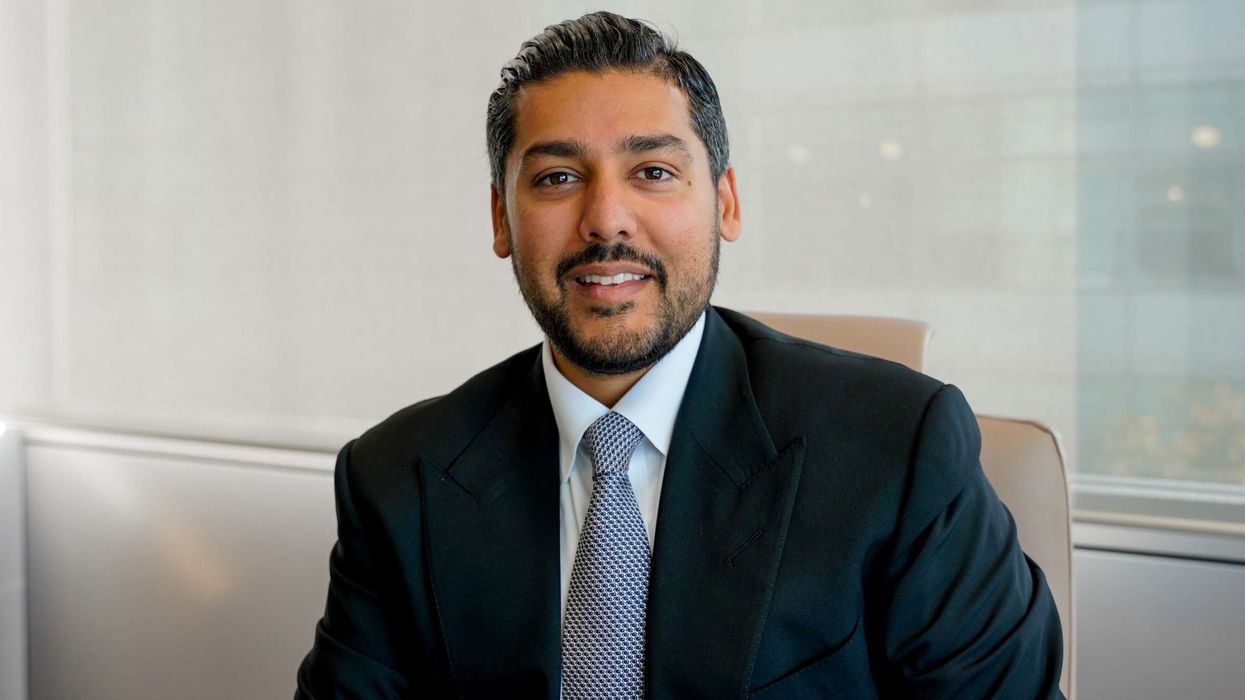

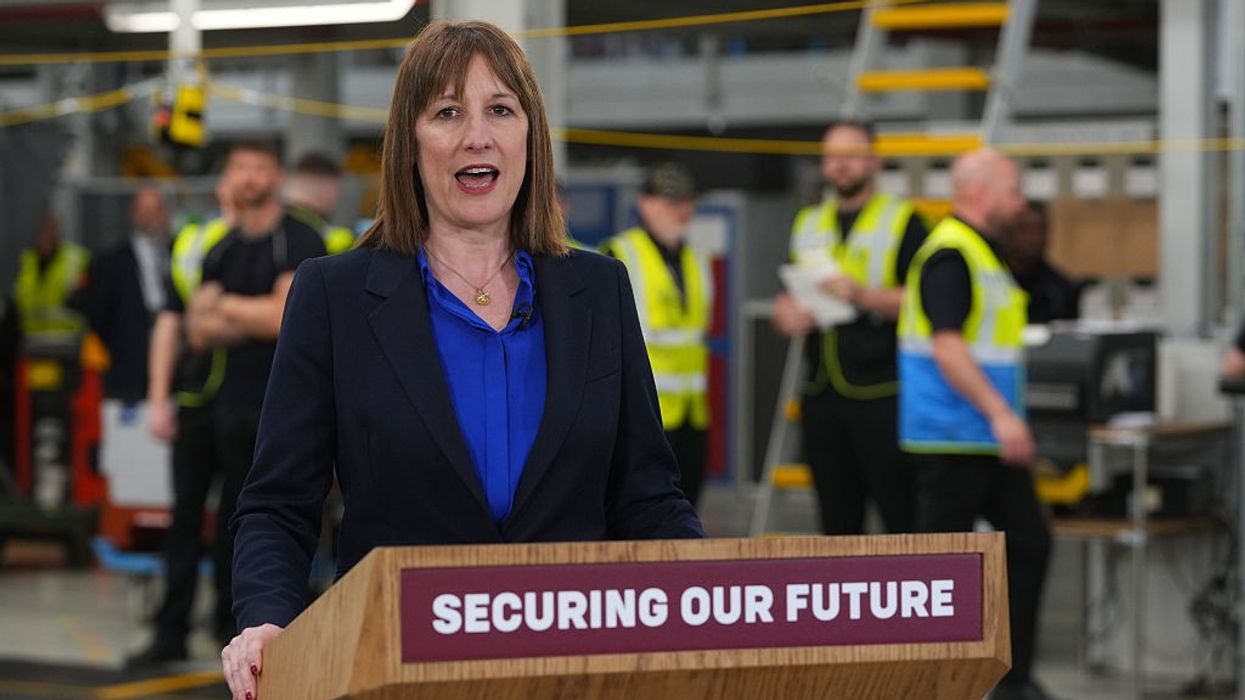
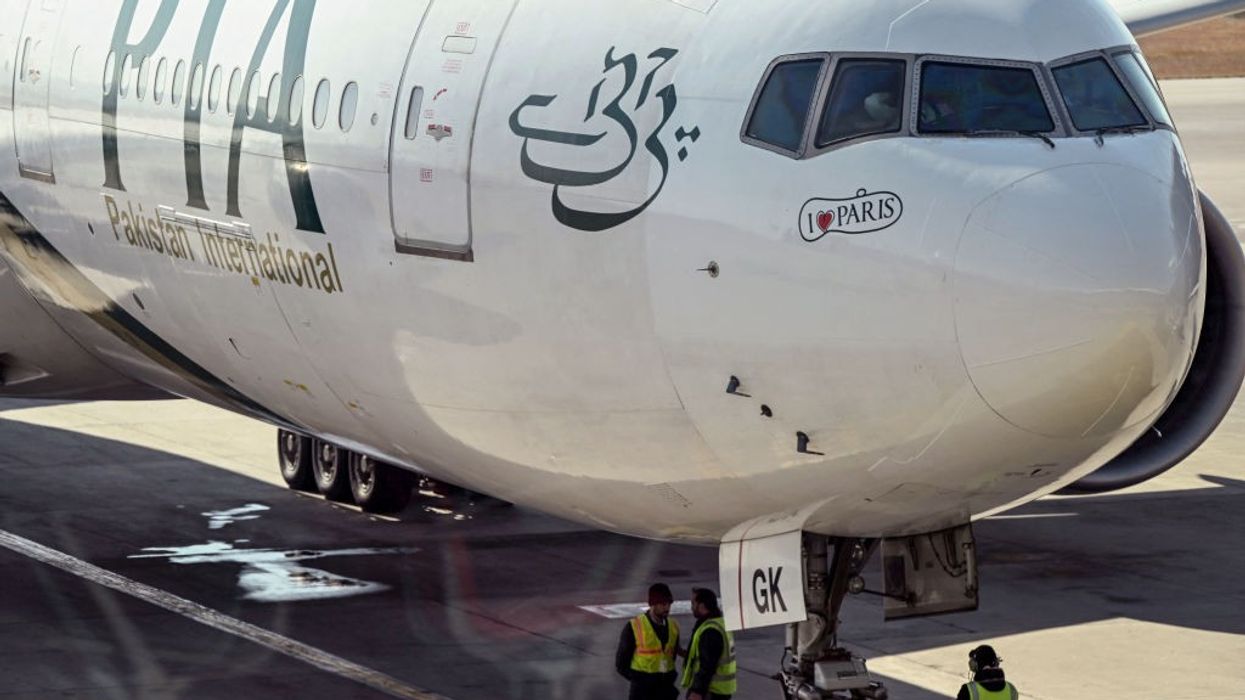
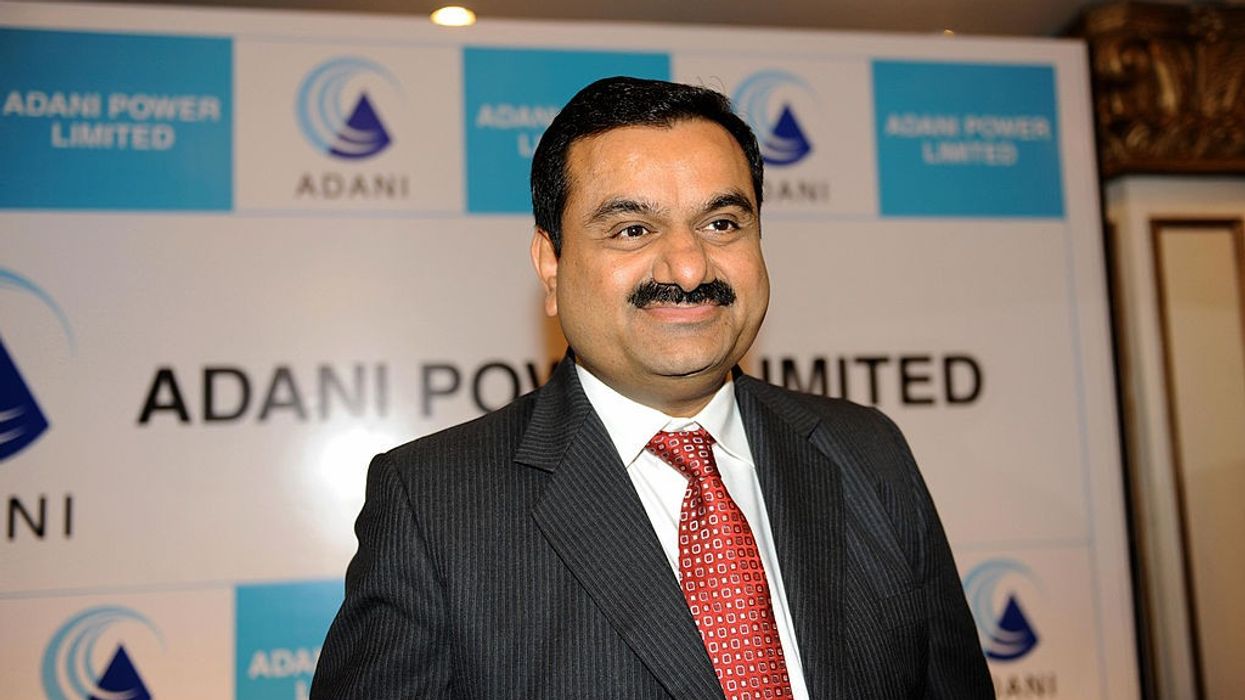
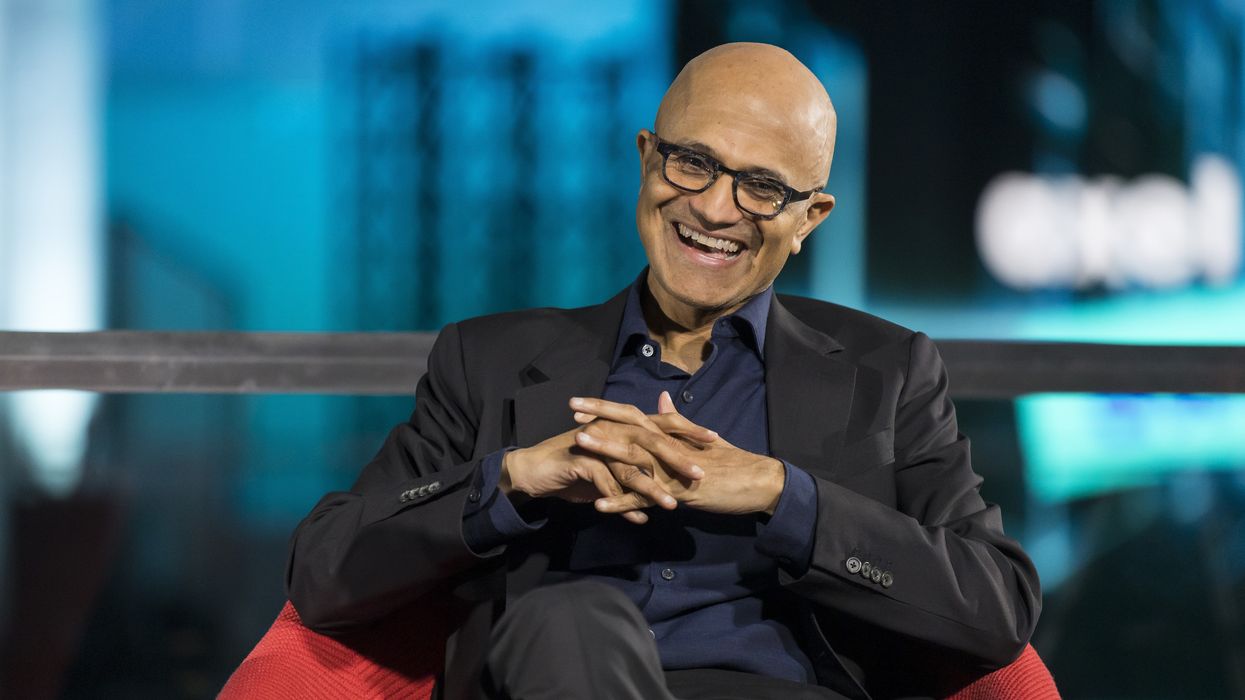
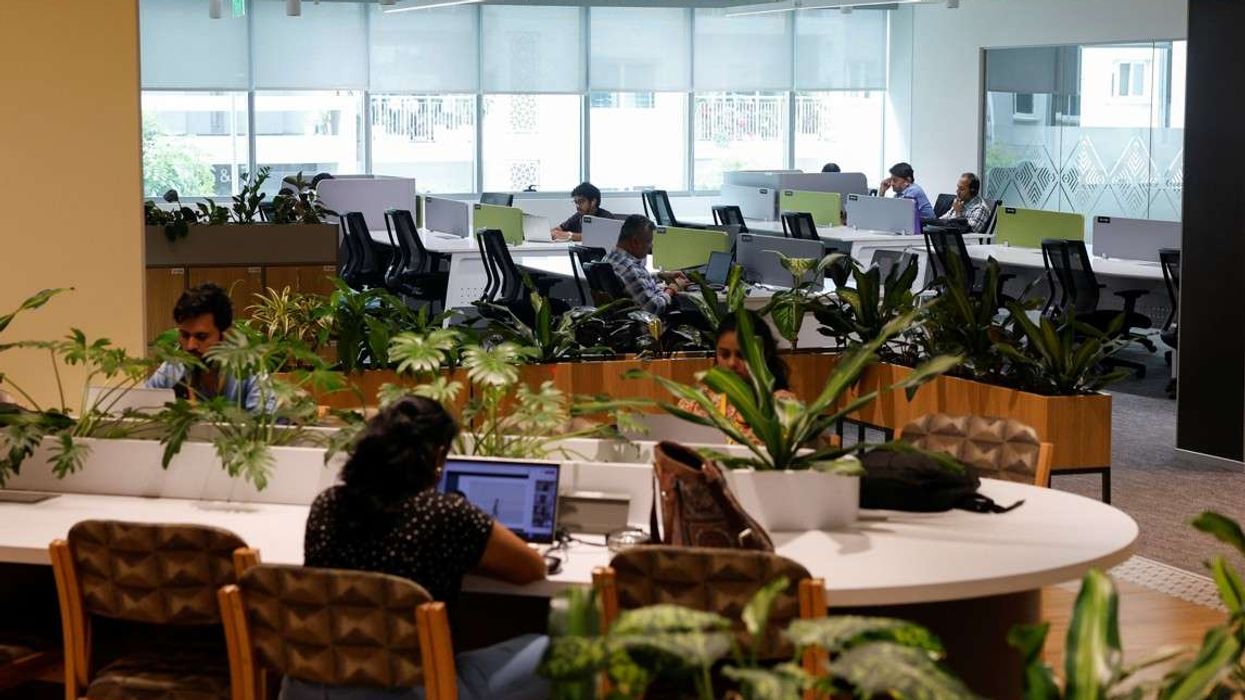









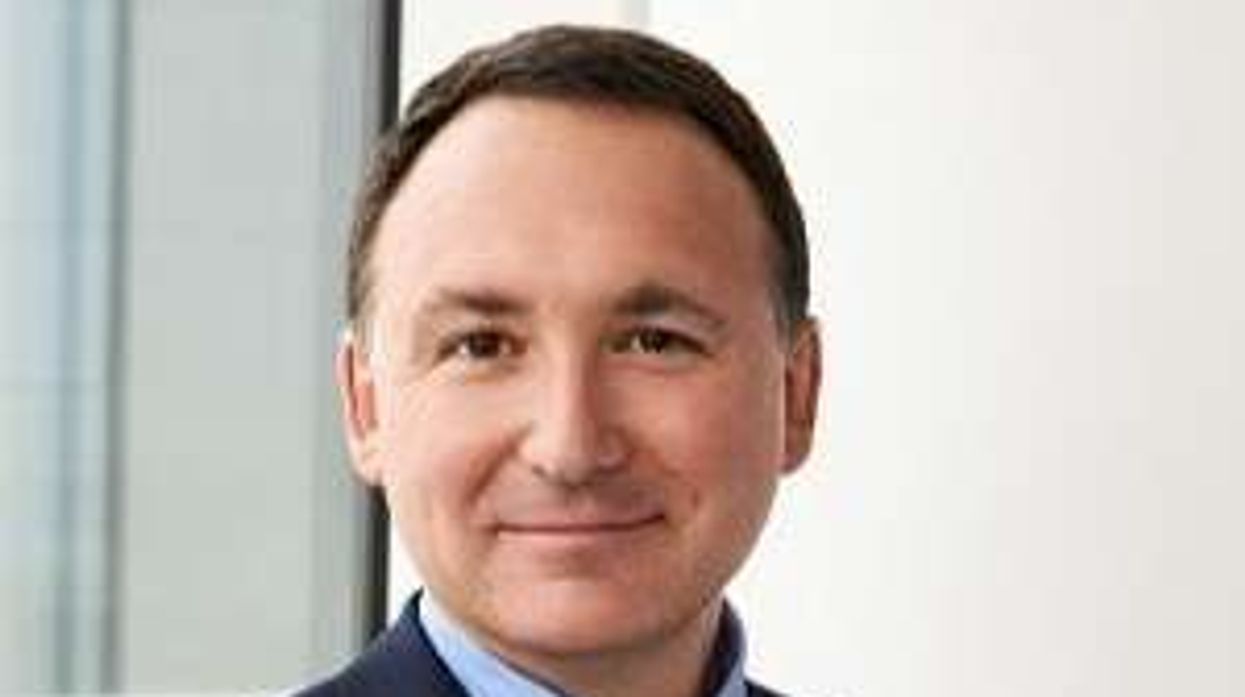
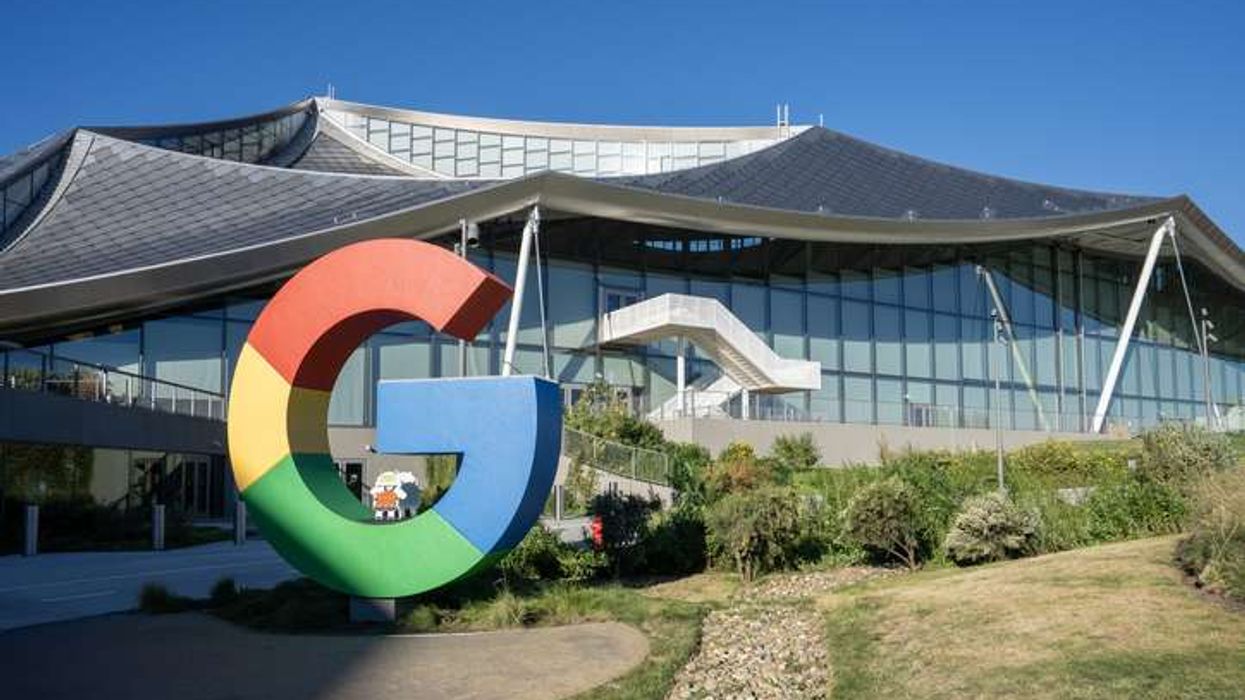
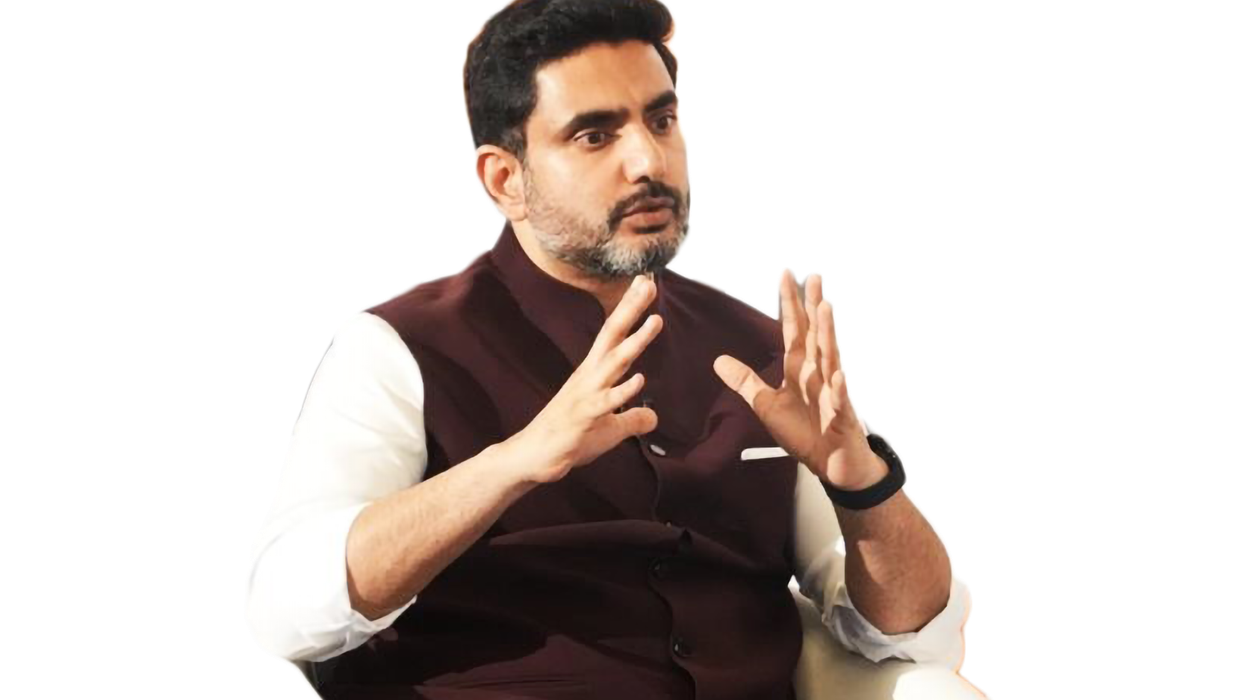
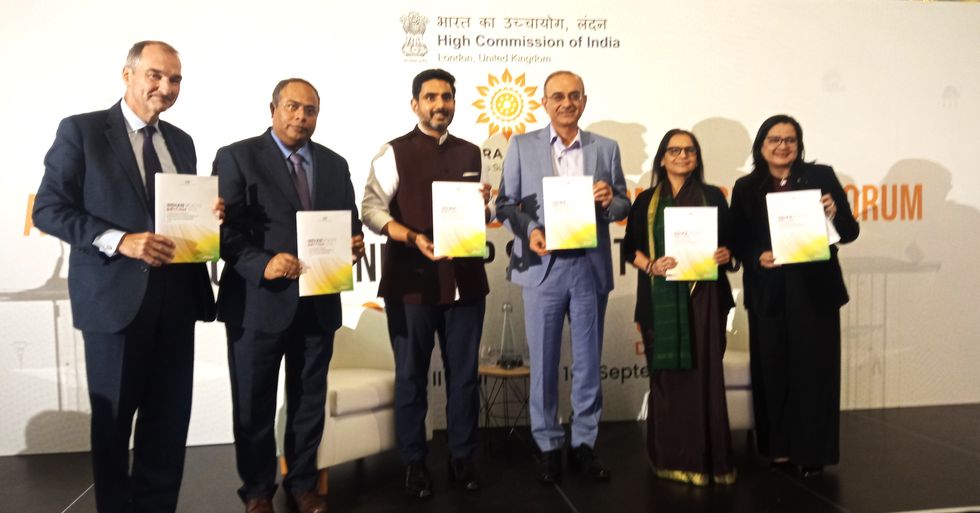 John Renard, president EMEA, Cyient; Sujit Ghosh; Nara Lokesh; Harshul Asnani; Nidhi Mani Tripathi, minister (economic), High Commission of India to the UK; and Shehla Hasan at the London event
John Renard, president EMEA, Cyient; Sujit Ghosh; Nara Lokesh; Harshul Asnani; Nidhi Mani Tripathi, minister (economic), High Commission of India to the UK; and Shehla Hasan at the London event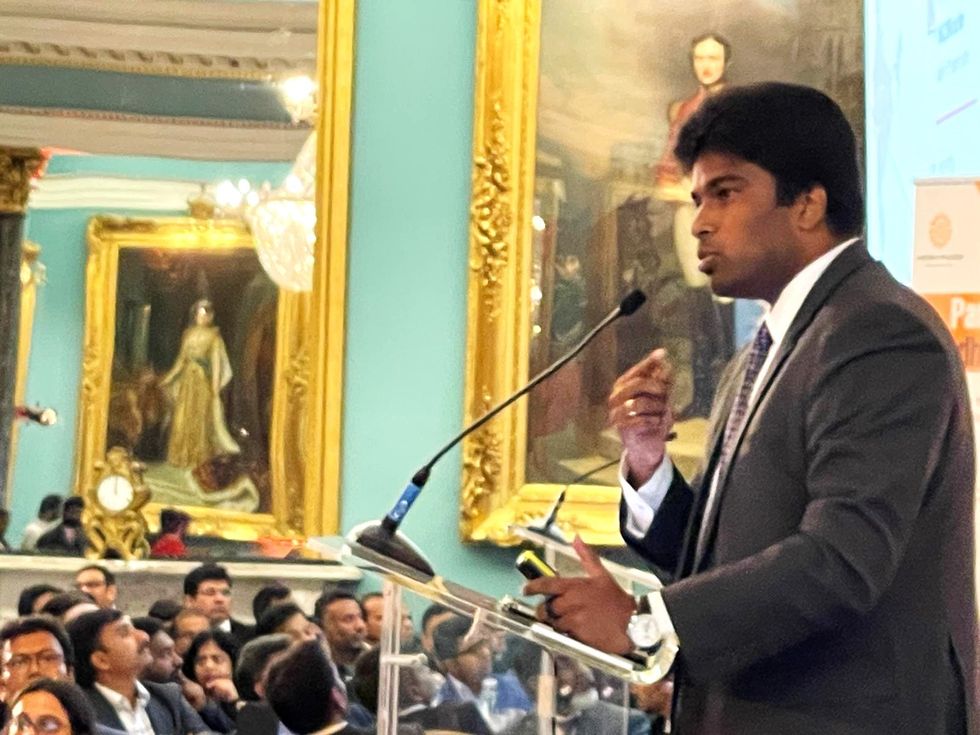 Abhishikth Kishore
Abhishikth Kishore